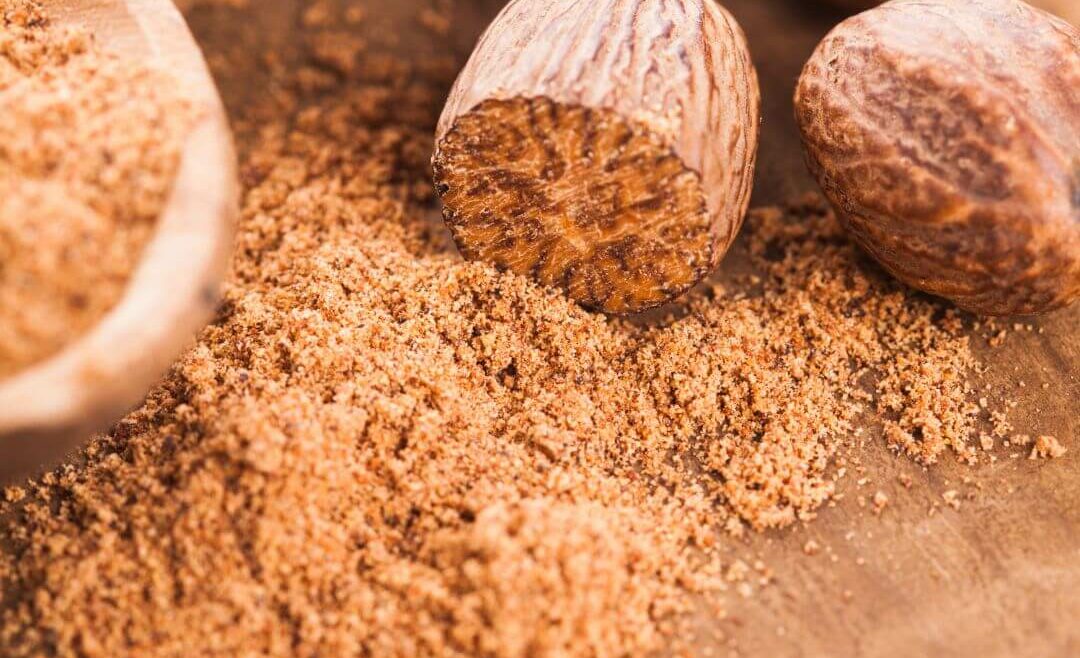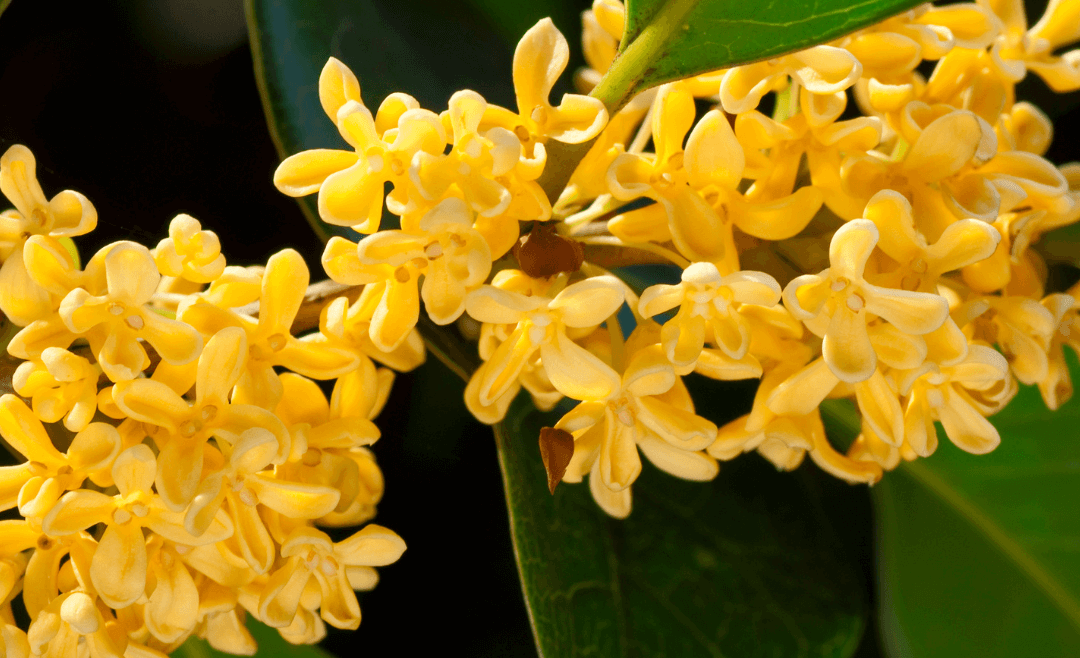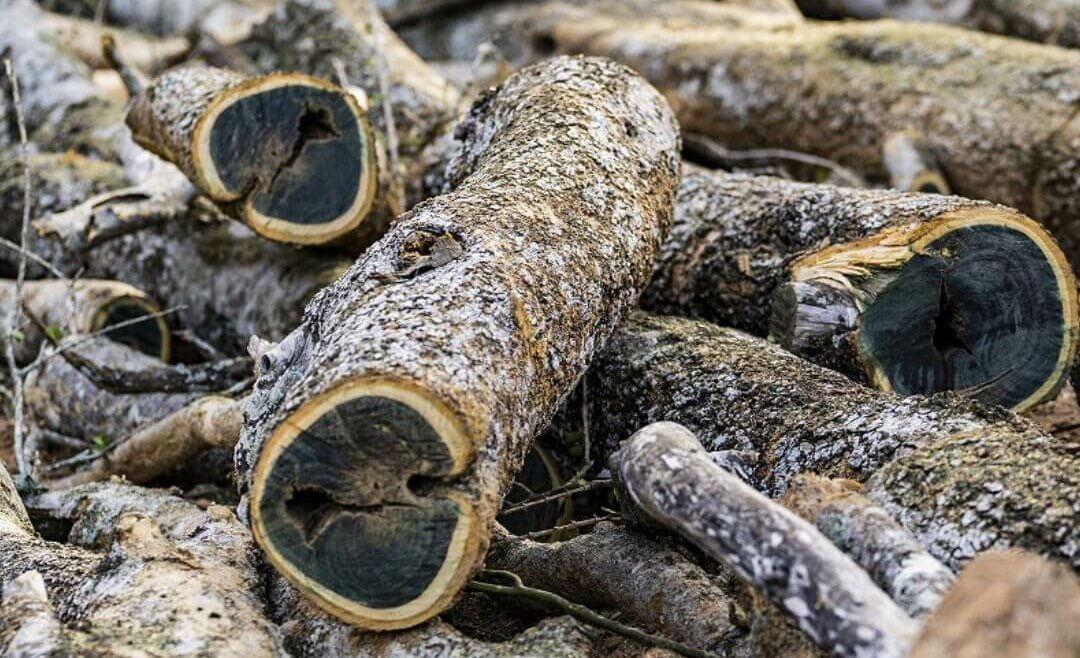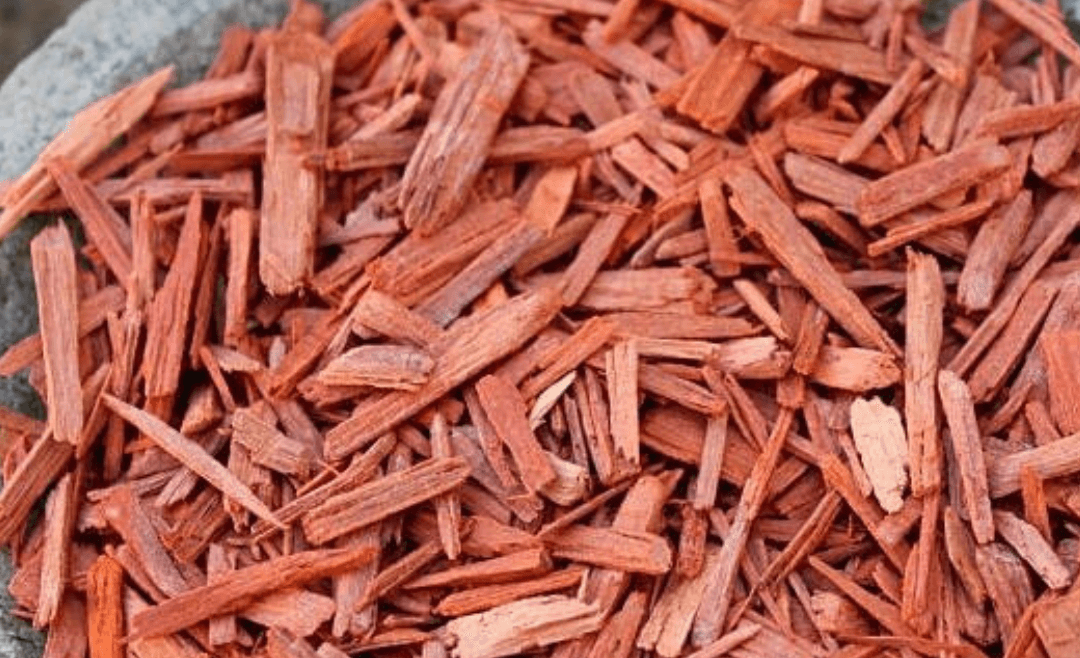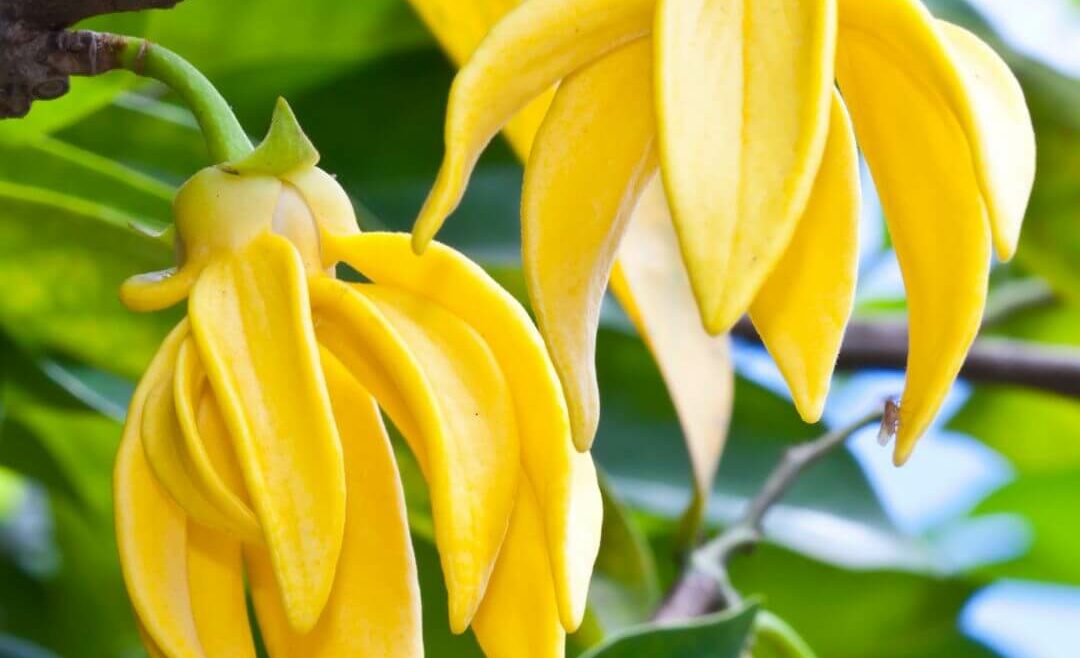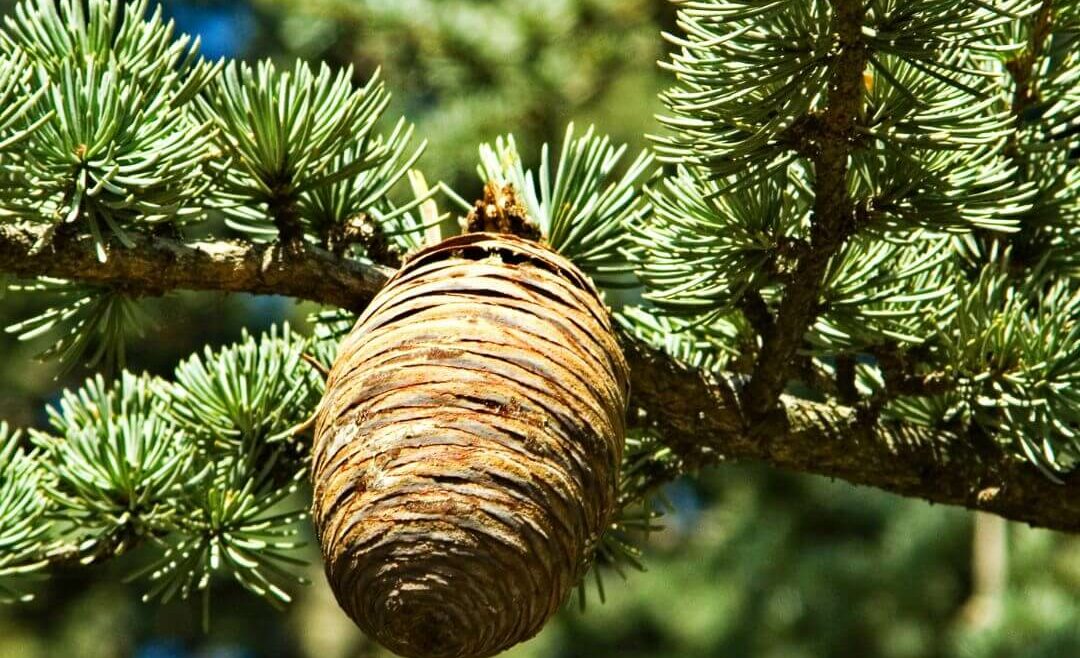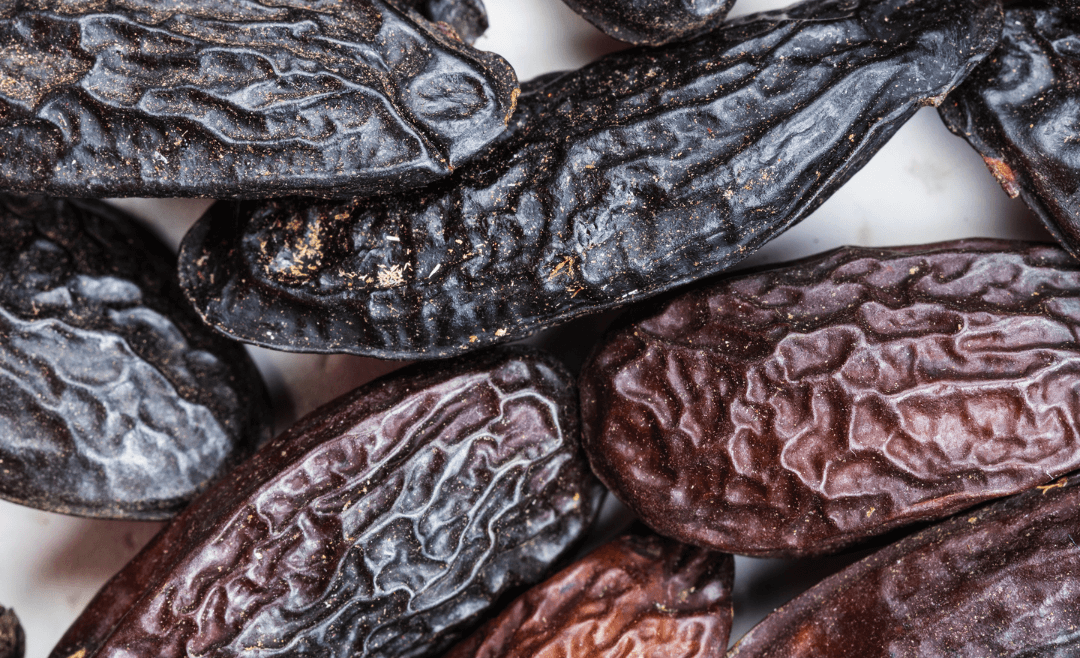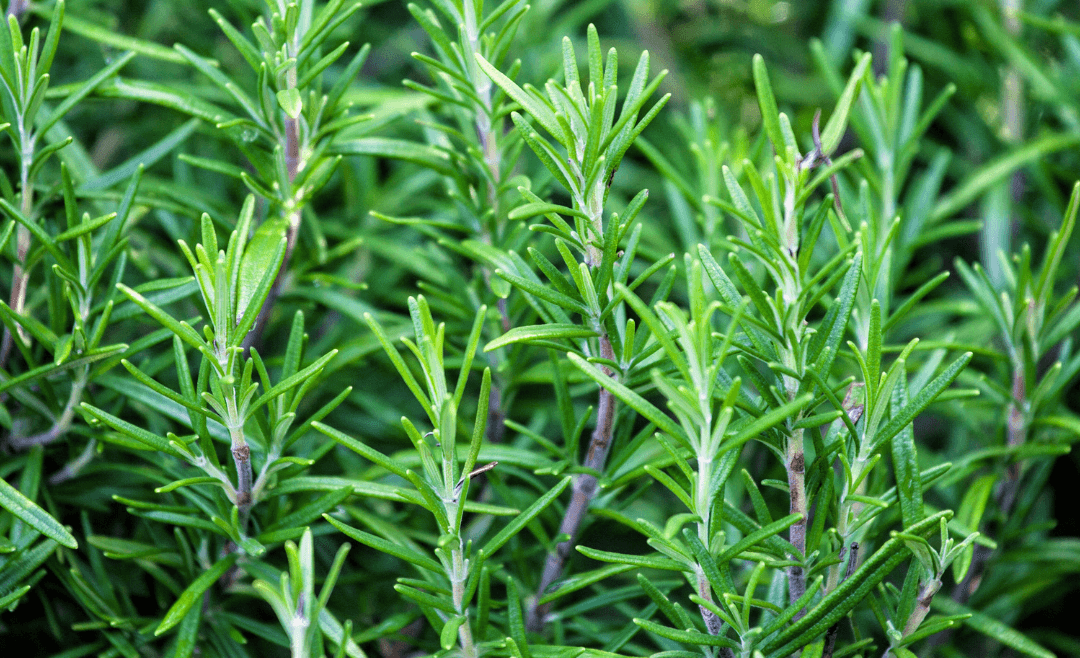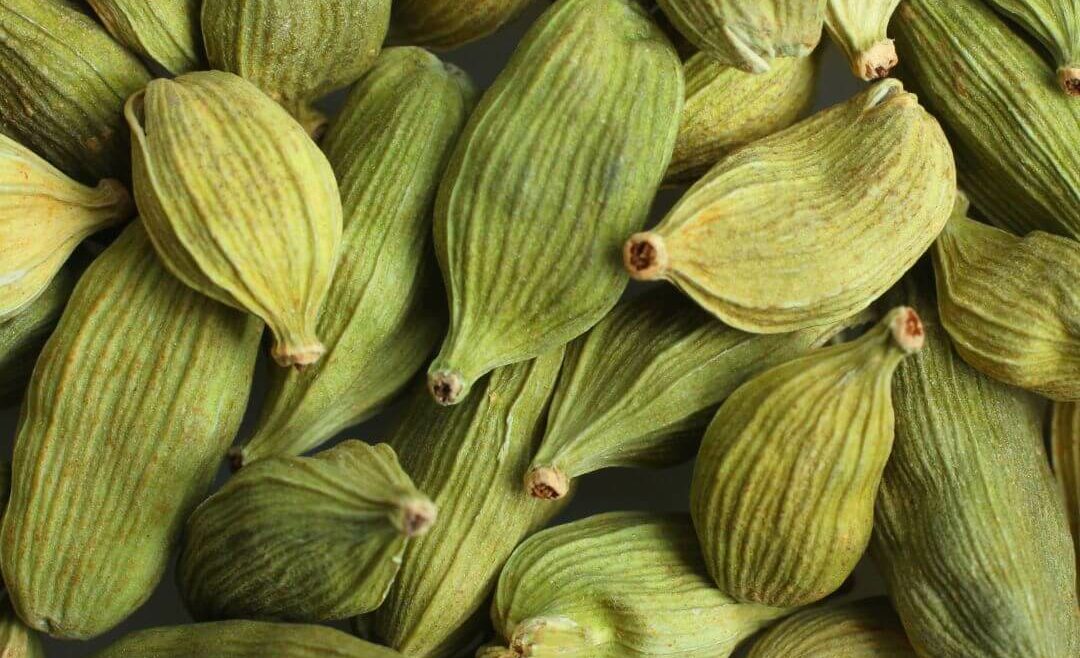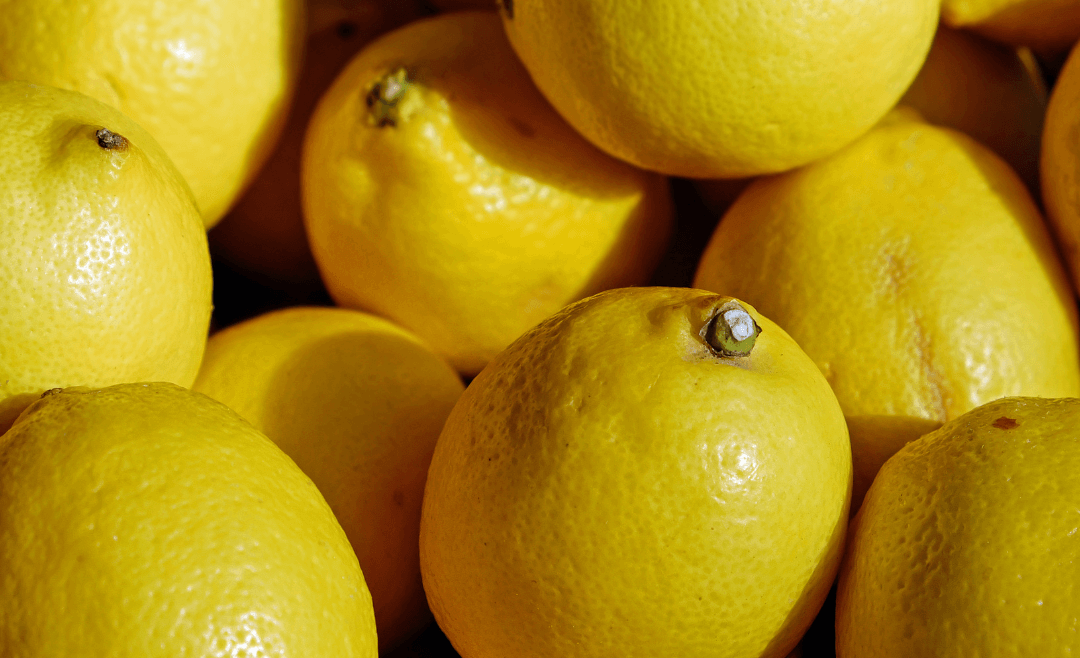La Noix de Muscade dans les Parfums Une Epice Historique La Noix de Muscade est une épice populaire et très utilisée aujourd’hui en Europe que cela soit en cuisine ou dans les parfums. Cependant, l’histoire de cette épice débute bien loin de notre continent. En effet, on a retrouvé des écrits relatant l’utilisation de la…
read moreL’Osmanthus dans les Parfums Une Fleur asiatique mystérieuse L’Osmanthus est une fleur traditionnelle chinoise utilisée comme composant principal dans de nombreux parfums et apparaissant dans les légendes asiatiques. Selon un mythe chinois, un Osmanthus immortel pousserait indéfiniment sur la Lune et résisterait à toute personne voulant l’abattre. Dans la culture chinoise, la fleur d’osmanthus est…
read moreLe nom du Bois de Gaïac provient de « Gaiacum » signifiant « bois de vie » en latin. Il est aussi souvent appelé Palo Santo (« bois saint ») du Paraguay mais à ne pas confondre avec le Palo Santo du Pérou ou Equateur, qui lui est le Bois de Santal. Le Bois de Gaïac est le végétal avec l’une…
read moreFor decades, many cultures have used sandalwood in their religious rituals. The Egyptians employed it in the embalming process of mummies, while for Hindus, it symbolizes protection during ceremonies. Sandalwood is considered sacred and plays a significant role in many religions. It is also traded for the construction of temples and is one of the…
read moreYlang-Ylang is a tropical tree with fragrant flowers.It is primarily used in perfumery and aromatherapy for its relaxing properties. The botanical name of Ylang-Ylang is Cananga odorata. The origin of the word Ylang-Ylang comes from “alang alang,” which means “flower of flowers” in Filipino. It was first distilled in Manila in 1860 by navigator Albert…
read moreCedar is a majestic tree that can live for over 2,000 years. Renowned for its strength and resilience, it symbolizes grandeur and longevity. Cedarwood has been widely used for centuries due to its durability. In fact, furniture and sarcophagi in Ancient Egypt were made from cedarwood. The Latin word cedrus comes from the Greek kédros,…
read moreWhether in cooking or perfumery, Tonka Bean has always been a highly sought-after product.Indeed, these beans were considered small “treasures” and were once used as a form of currency. Among the indigenous people of the Amazon, Tonka Bean is a lucky charm and was primarily used as a traditional remedy for nausea and coughs. …
read moreRosemary is an aromatic plant whose use across various fields has spanned centuries. As early as Antiquity, the Greeks crafted rosemary wreaths for ceremonies. In the Middle Ages, it was placed under pillows to ward off evil spirits and used in medicine as a stimulant. Later, its use in perfumery dates back to the 17th…
read moreIn ancient times, Indians already used cardamom as a spice, but also for its medicinal properties. It was later exported along trade routes to Mesopotamia before being brought to Europe by Arab merchants. However, cardamom cultivation only began in the early 20th century to diversify coffee plantations. According to some etymologists, the word “cardamom” originates…
read moreThere are several hypotheses about the origin of the lemon tree: traces of its ancestor have been found in India, while some studies suggest it was born in the Mediterranean through the hybridization of the bitter orange tree and the citron tree. Before using its fruit in cooking as a seasoning, the lemon tree was…
read more
